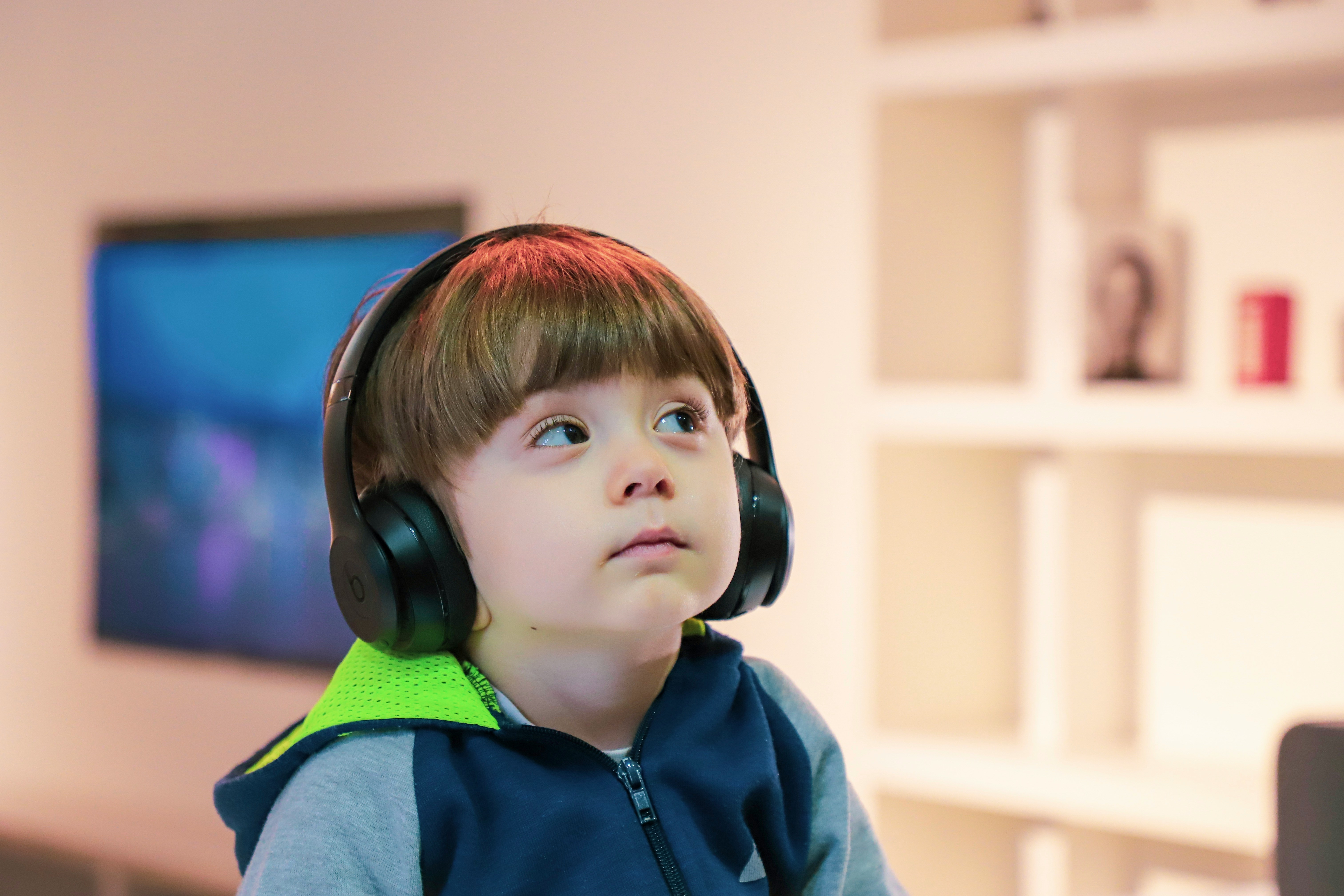Organisation/s:
The University of New South Wales, QIMR Berghofer, The University of Melbourne, The University of Sydney, Queensland University of Technology (QUT), The University of Adelaide, University of the Sunshine Coast, University of Cambridge, UK
Funder:
This research was supported by funding from the Simons Foundation
for Autism Research Initiative, the Wellcome Trust (214322\Z\18\Z and 226392/Z/22/Z),
Horizon-Europe R2D2-MH (grant agreement 101057385) and UKRI (10063472). For the purpose
of open access, we have applied a CC BY public copyright licence to any author-accepted
manuscript version arising from this submission. S.B.-C. also received funding from the Autism
Centre of Excellence at Cambridge, the Templeton World Charitable Fund, the MRC and the
National Institute for Health Research Cambridge Biomedical Research Centre. The research
was supported by the National Institute for Health Research Applied Research Collaboration
East of England. Any views expressed are those of the author(s) and not necessarily those of
the funder. Some of the results leading to this publication have received funding from the
Innovative Medicines Initiative 2 Joint Undertaking under grant agreement 777394 for the
project AIMS-2-TRIALS. This joint undertaking receives support from the European Union’s
Horizon 2020 research and innovation program and the EFPIA and Autism Speaks, Autistica
and the SFARI. The iPSYCH team was supported by grants from the Lundbeck Foundation
(R102-A9118, R155-2014-1724 and R248-2017-2003), the NIMH (1R01MH124851-01 to A.D.B.)
and the European Union’s Horizon Europe program (R2D2-MH; grant agreement 101057385 to
A.D.B.). The Danish National Biobank resource was supported by the Novo Nordisk Foundation.
High-performance computer capacity for handling and statistical analysis of iPSYCH data on
the GenomeDK HPC facility was provided by the Center for Genomics and Personalized
Medicine and the Centre for Integrative Sequencing, iSEQ, Aarhus University, Denmark
(grant to A.D.B.). The UK Medical Research Council and Wellcome (grant 217065/Z/19/Z)
and the University of Bristol provide core support for ALSPAC. This publication is the work
of the authors and the authors will serve as guarantors for the contents of this paper.
A comprehensive list of grants funding is available on the ALSPAC website (http://www.bristol.
ac.uk/alspac/external/documents/grant-acknowledgements.pdf). R2D2-MH has been funded
by Horizon Europe (grant agreement 101057385), by UK Research and Innovation (UKRI) under
the UK government’s Horizon Europe funding guarantee (grant 10039383) and by the Swiss
State Secretariat for Education, Research and Innovation (SERI) under contract 22.00277. A.H.
and L.E.H. were supported by the Norwegian Research Council (336085) and the Norwegian
Health Authority (2020022, #2022029 and #2022083). E.V. and B.S.P. are funded by the Max
Planck Society. We thank the Centre for Longitudinal Studies (CLS), UCL Social Research
Institute, for the use of these data and the UK Data Service for making them available.
However, neither CLS nor the UK Data Service bear any responsibility for the analysis or
interpretation of these data. This paper uses unit record data from Growing Up in Australia,
the Longitudinal Study of Australian Children. The study is conducted in partnership between
the Department of Social Services (DSS), the Australian Institute of Family Studies (AIFS) and
the Australian Bureau of Statistics (ABS). The findings and views reported in this paper are
those of the author and should not be attributed to DSS, AIFS or the ABS. Growing Up in Ireland
(GUI) was funded by the Government of Ireland through the Department of Children, Equality,
Disability, Integration and Youth (DCEDIY) and the Central Statistics Office (CSO). Results in
this report are based on analysis of data from research microdata files provided by the Central
Statistics Office (CSO). Neither the CSO nor the DCEDIY take any responsibility for the views
expressed or the outputs generated from these analyses. We thank all the families who took
part in this study, the midwives for their help in recruiting them and the ALSPAC team, which
includes interviewers, computer and laboratory technicians, clerical workers, research
scientists, volunteers, managers, receptionists and nurses. This study includes data from the
Norwegian Mother, Father and Child Cohort Study, conducted by the Norwegian Institute of
Public Health. We thank all the participating families, and A. Kwong, T. Ford, W. Mandy and
A. Grotzinger for discussions.



 Australia; International; NSW; VIC; QLD; SA
Australia; International; NSW; VIC; QLD; SA



